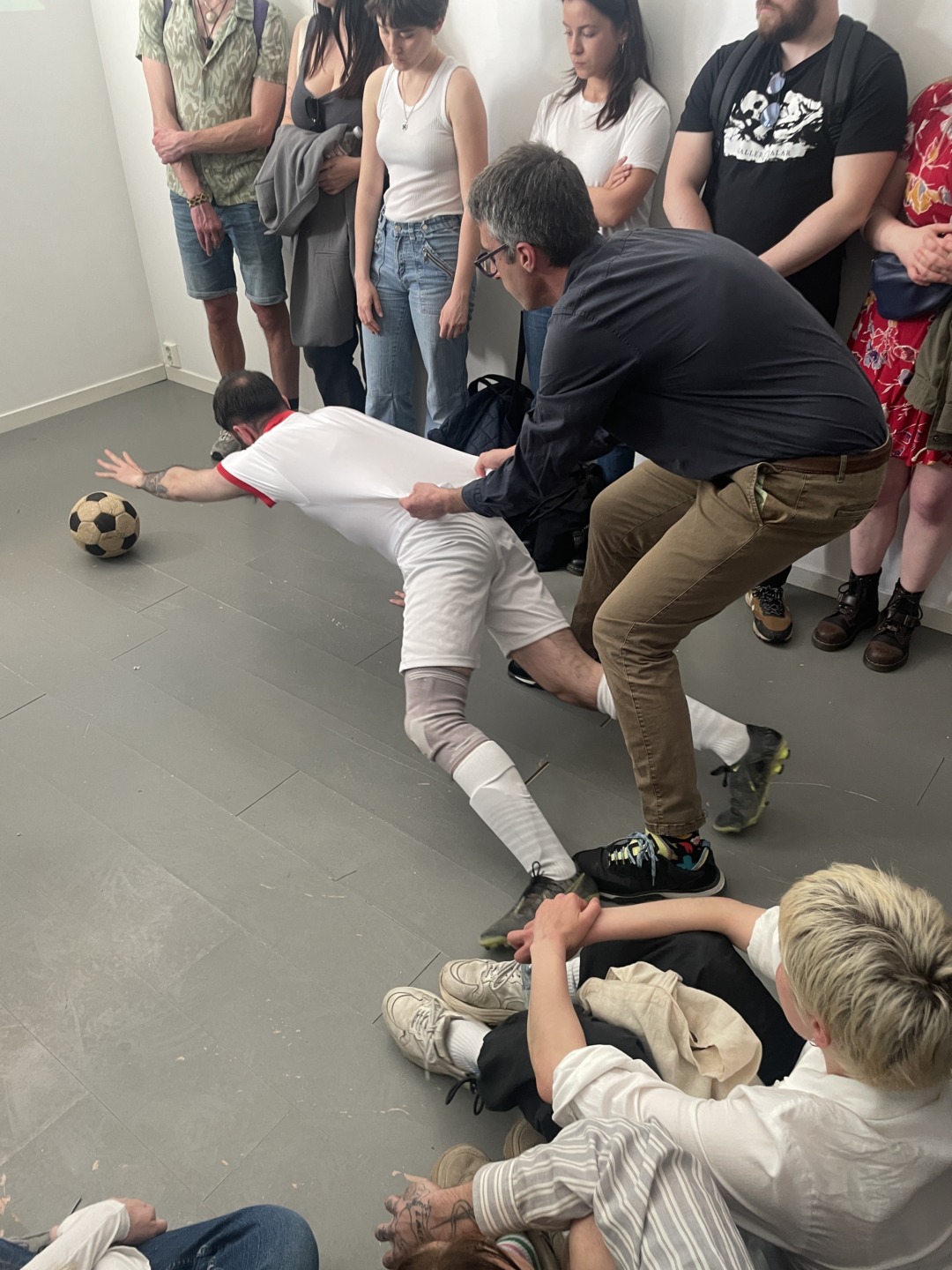1. Visual Presentation – Let Images Speak
– Include photographs, sketches, or reference images that support the project.
– The visual material should provide a spatial and social understanding of the project.
– Documentation of past exhibitions/projects strengthens your credibility and ability to execute.
– High-quality images of previous projects showcase your working methods and artistic development.
2. Documentation – An Artwork’s Afterlife
– The quality of documentation affects how the work is perceived over time.
– Ask yourself: What makes a good documentation image? What does it communicate about the installation or performance?
– Remember to budget for documentation costs—it can be a valuable investment.
3. Find the Right Funding Program and Understand the Criteria
– Research available grants and funding opportunities (e.g., through NBK or VISP).
– Read the guidelines carefully: Is this the right funding opportunity for your project? What are they looking for?
– Write the application in a separate document before pasting it into the online form.
4. Create a CV and Portfolio Template to Save Time
– Develop an easy-to-update CV and portfolio template.
– Your CV, portfolio, and artist statement show your artistic trajectory, while the project description should be specific to this application.
– Limit attachments, both in number and file size, to ensure clarity.
– Use a landscape format for portfolios to optimize viewing on screens.
– Start your CV with the most recent and most relevant details.
5. Assume the Jury Has Never Heard of You
– Expect that the selection committee is unfamiliar with your work, regardless of your career level.
– Avoid overly self-referential or niche language—your application must be clear and accessible.
– Treat the application as a communication exercise: Consider how it reads to someone outside your field. Feedback from colleagues or friends can be invaluable.
6. Strive for Clarity in Presentation
– Structure both text and visual material for easy comprehension.
– Make your artist statement and project description clear and concise—simplify without oversimplifying.
– Remember: Committees read many applications and have limited time—clarity is key!
7. Use Simple and Precise Language
– Avoid excessive use of foreign terms, jargon, or «art speak».
– If you struggle to understand your own writing, the reader will too.
– A conversational tone can work, but this isn’t the place for excessive experimentation.
8. Write a Realistic Budget
– Set up a clear and realistic budget covering production costs, materials, hired assistance, fees, travel, and accommodation.
– A strong financing plan reinforces your application.
– It can be an advantage if your project has already secured funding or if you are applying to multiple sources.
9. Time Management – Avoid Perfectionism
– Allocate a set amount of time for writing the application—you are an artist first!
Overworking a text doesn’t necessarily improve it.
– A useful rule: Set your personal deadline one day before the actual submission deadline.
10. Art is Experimentation – But Credibility is Key
– The project should be convincing, both to yourself and the reader.
– Art is about exploration—your proposal can highlight experimental and unpredictable elements.
– Credibility is essential—the committee must be able to see that the project is feasible.
